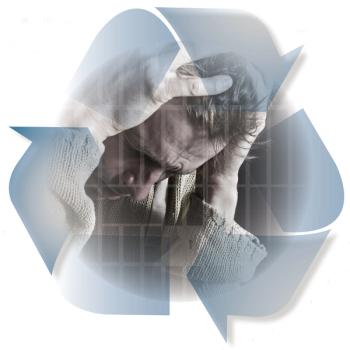
Jails have a much higher percentage of homeless mentally ill than does the general community, and those with psychiatric disorders (eg, schizophrenia) must often fend for themselves. Here are some solutions.

Jails have a much higher percentage of homeless mentally ill than does the general community, and those with psychiatric disorders (eg, schizophrenia) must often fend for themselves. Here are some solutions.

Currently, 1 in 15 youths undergoing psychiatric evaluation in the emergency department is restrained. This article covers diagnostic and therapeutic interventions that can reduce fear and put the young patient on a path to recovery.
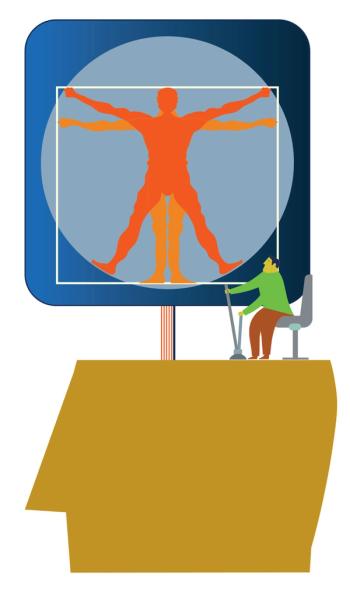
It is important to recognize and document the abilities and deficits of a patient in order to determine capacity.
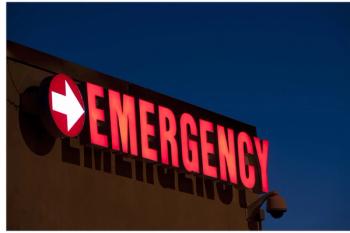
Acute intoxication is the most likely culprit for an increased risk of violence or agitation, but personality, psychosis, and cognitive problems can all play a role. A skilled clinician can glean a great deal of information in a short period of time.
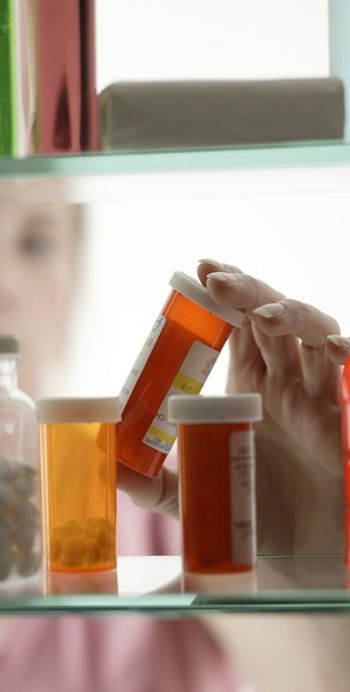
Addiction and mental health treatment has fallen increasingly into the justice system for underserved and indigent patients. How do we bring state-of-the art treatment to this population in desperate need?
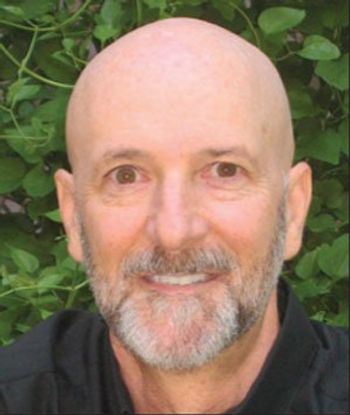
Looking out at a flat gray sea, I try to imagine the chasms in the ocean’s floor where lava laced with strontium pours...
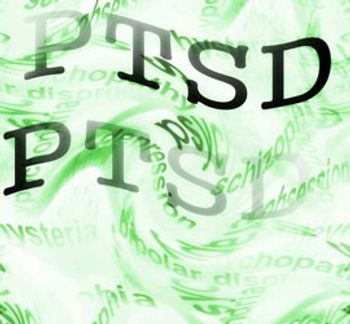
For PTSD in psychiatrists and other mental health care providers to be addressed, a major shift in medical culture and thinking is needed.
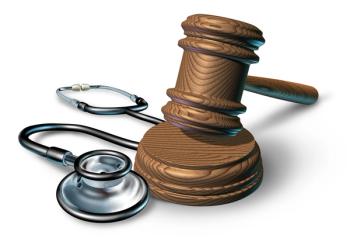
Although college students are in many ways similar to any patient in their age group, their environment and stressors differ in significant ways. The authors identify issues to consider in assessing and managing suicidality in this population.
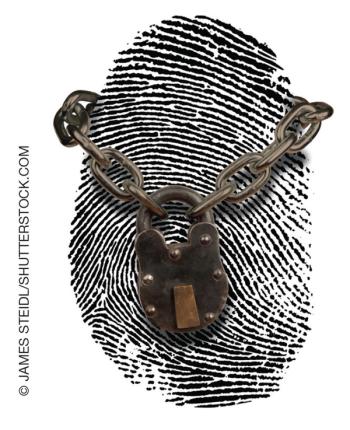
Protecting patient information is an essential part of maintaining patient trust.
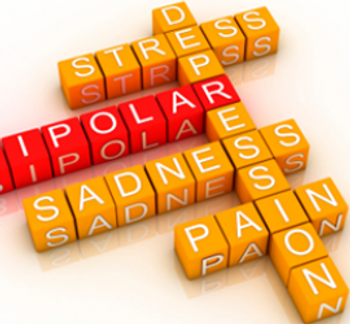
This article reviews DSM-5 changes to symptom criteria for bipolar disorder. The primary focus is on the diagnosis and treatment of mania and hypomania.
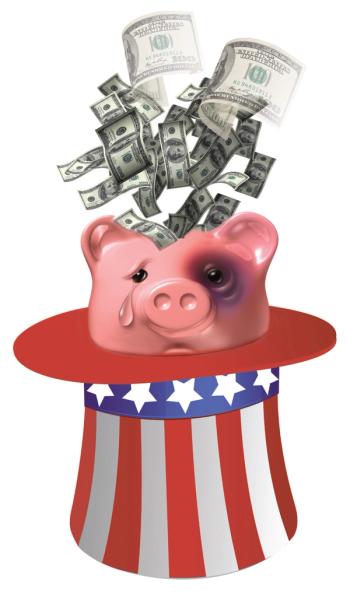
A report on Medicaid and Medicare fraud, excessive waste, and frivolous expenditures-all at the expense of those who suffer from psychiatric illness.

What is behind the glaring lack of controls over prescription drug costs, even for everyday medications?

If serotonin was once American psychiatry’s “high school crush,” the field now appears wedded to a more mature model of biological and psychosocial understanding.
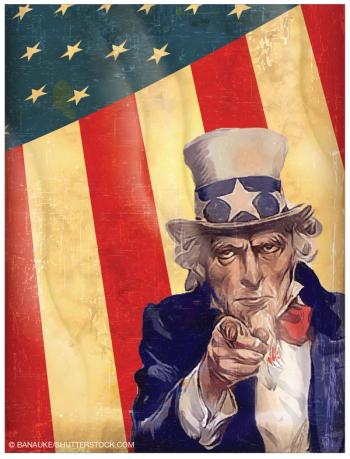
There has probably never been a worse place and worse time to have a severe mental illness than now in the United States. How did we get into this mess?